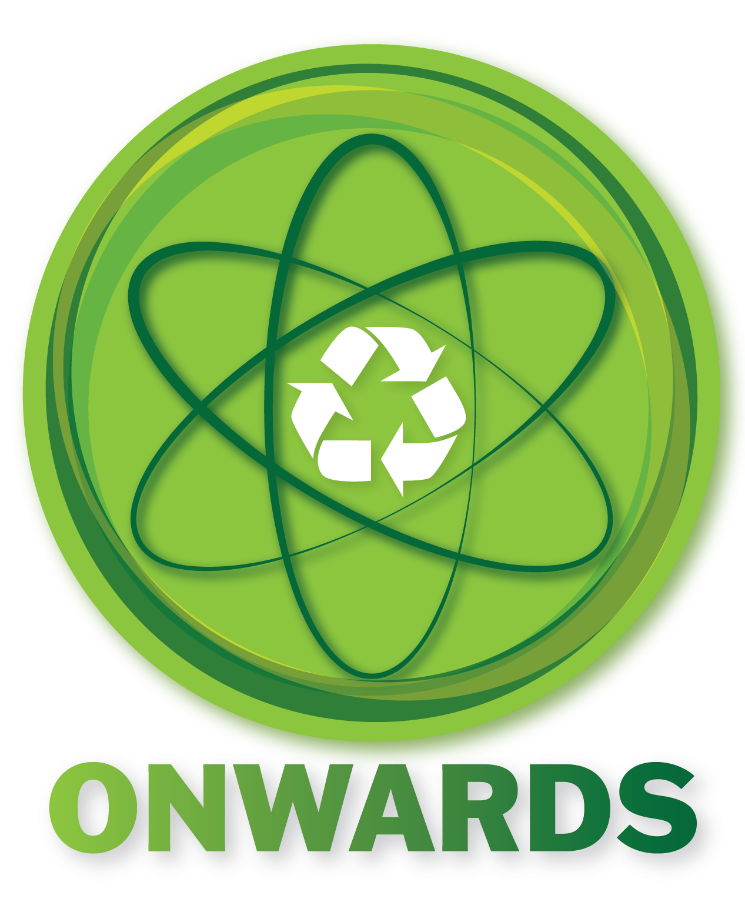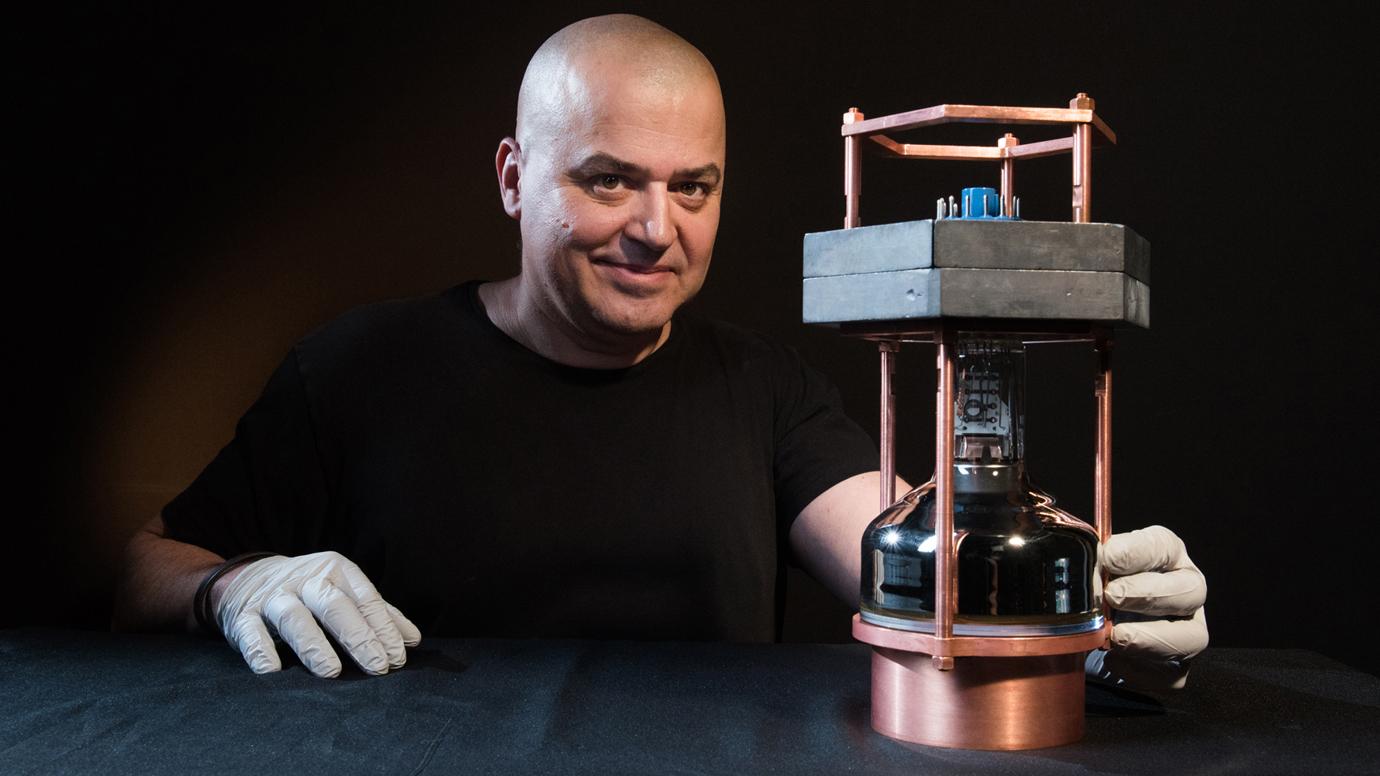(Image: Kuk Cho/Pusan National University)
Researchers from the Pusan National University in South Korea have developed a new calcium-doped ion exchanger for the removal of radioactive cesium from acidic nuclear power plant wastewater. The findings have the potential for developing more efficient and effective methods of remediating radioactive contamination.
U.S. secretary of energy Jennifer Granholm and Japan’s minister of economy, trade, and industry Yasutoshi Nishimura lead energy discussions on January 9 in Washington, D.C. (Photo: DOE)
Researchers at Idaho National Laboratory have completed initial testing on a newly developed fuel test capsule that is expected to provide crucial performance data for sodium-cooled fast reactors. The Department of Energy announced on January 12 that the series of fuel testing experiments being carried out now at INL’s Transient Reactor Test Facility (TREAT) was developed through a joint project between the United States and Japan.
The U.S. ITER Project Office in Oak Ridge, Tenn. U.S. ITER has received $256 million in Inflation Reduction Act funding. (Photo: U.S. ITER)
Just days before COP27 and the U.S. midterm elections, the White House announced $1.55 billion in Inflation Reduction Act (IRA) funding for national laboratories and the launch of a Net-Zero Game Changers Initiative based on a new report, U.S. Innovation to Meet 2050 Climate Goals. Out of 37 research and development opportunities identified, fusion energy was selected as one of just five near-term priorities for the new cross-agency initiative. Together, the announcements signal policy and infrastructure support for fusion energy—the biggest chunk of Department of Energy Office of Science (DOE-SC) IRA funding went to ITER, via Oak Ridge National Laboratory—and for advanced nuclear technologies to power the grid and provide process heat to hard-to-decarbonize industrial sectors.
Then energy secretary Bill Richardson decided to permanently shut down the HFBR in November 1999. (Photo: DOE)
“Why did a tiny leak bring down a hugely successful research reactor 25 years ago?”
That’s how Robert P. Crease, an academic who writes a regular column for Physics World, introduces The Leak: Politics, Activists, and Loss of Trust at Brookhaven National Laboratory, a book he wrote with former interim BNL director Peter D. Bond that was published this month by MIT Press.
“Were this story fiction, its characters, plot twists and ironies would be entertaining,” Crease writes in his October 5 Physics World post about the book. “But because it’s fact, it’s a tragicomedy.”
G. Robert Keepin, of Los Alamos Scientific Laboratory, author of a three-part feature on the IAEA published in Nuclear News in January, February, and March of 1966; the cover of the January 1966 issue, featuring the IAEA’s first headquarters in the Grand Hotel of Vienna, Austria; and a February 1966 IAEA photo of remote handling of radioisotope standard sources at the Seibersdorf laboratory.
A groundbreaking ceremony held last week at the International Atomic Energy Agency’s laboratories in Seibersdorf, Austria, marked the start of construction on a nuclear applications building that will host three state-of-the-art laboratories: Plant Breeding and Genetics, Terrestrial Environment and Radiochemistry, and Nuclear Science and Instrumentation.It was a significant achievement for the second phase of the Renovation of the Nuclear Applications Laboratories initiative, known as ReNuAL2—and a fitting way to observe the 60th anniversary of the nuclear applications laboratories at Seibersdorf, about an hour’s drive south the IAEA’s headquarters in Vienna. For Nuclear Newswire, it was all the reason we needed to dig into the Nuclear News archives and explore the bygone days of research at the IAEA.
A new compound of curium photographed at LLNL during crystallography experiments. Crystals of this curium compound are uncolored under ambient light but glow an intense pink-red when exposed to ultraviolet light. (Image: LLNL/Deblonde)
Scientists at Lawrence Livermore National Laboratory and Oregon State University (OSU) have developed a promising new method to isolate and study some of the rarest elements on Earth. Focused first on curium, they have identified three new complexes containing curium ions and revealed the molecules’ 3D structures, as well as previously unknown features.
NIST's Center for Neutron Research in suburban Gaithersburg, Md. (Photo: NIST)
The Nuclear Regulatory Commission announced on August 2 that it had issued a confirmatory order to the National Institute of Standards and Technology (NIST) for violating NRC requirements during a February 2021 fuel failure at the 20-MWt NIST Center for Neutron Research (NCNR) research reactor in Gaithersburg, Md. NIST committed to improving its training for fuel handing procedures and related management activities, safety culture program, reactor facility operations staff and management, corrective action program and operational procedures, and emergency response resources and procedures, among other things.
A screenshot taken from a INL video demonstrating MAGNET and its digital twin. (Source: INL)
Researchers at Idaho National Laboratory (INL) recently performed their first digital twin test of the Microreactor Agile Non-nuclear Experimental Testbed (MAGNET) and captured the demonstration in a video posted July 14. The digital twin—a virtual representation of a microreactor—was built using advancements in remote monitoring, autonomous control, and predictive capabilities that could help lower operating costs of microreactor technologies and enhance their safety.
This fusion tokamak cutaway illustrates how the GAMBL concept would be incorporated into a fusion pilot plant. The SiC-tungsten composite wall provides superior heat-removal capabilities and durability, and a modular approach enables fabrication using existing technologies. (Image: GA)
Researchers at General Atomics (GA) are proposing a breeding blanket made of modular silicon carbide–based components to withstand the intense conditions in a high-power fusion power plant. The GA modular blanket (GAMBL) concept is described in an article published this month in the journal Fusion Engineering and Design, and was introduced by GA in a July 13 press release.
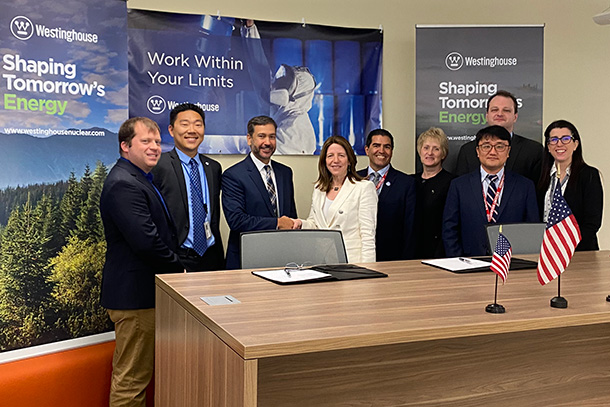
Representatives from Westinghouse and Penn State met at Westinghouse headquarters to sign a memorandum of understanding and enter a partnership focused on researching and developing microreactors. From left: Jason Beebe, director of the global transformation office at Westinghouse; Michael Valore, senior director of advance reactor commercialization, Westinghouse; Mike Shaqqo, senior vice president of advanced reactors, Westinghouse; Lora Weiss, senior vice president for research at Penn State; Jean Paul Allain, head of the Ken and Mary Alice Lindquist Department of Nuclear Engineering at Penn State; Geanie Umberger, associate vice president for research and director of industry research collaborations at Penn State; Saya Lee, assistant professor of nuclear engineering; Elia Merzari (back), associate professor of nuclear engineering; and Hilary Ruby, director of transformation for the Americas Operating Plant Services Business Unit at Westinghouse. (Photo: Westinghouse)
An aerial view of the Facility for Rare Isotope Beams on the Michigan State University campus in East Lansing, Mich. (Photo: FRIB)
Michigan State University’s Facility for Rare Isotope Beams (FRIB) officially opened yesterday with a ribbon-cutting ceremony attended by Energy Secretary Jennifer Granholm, elected officials, and guests who had supported the project during its planning and construction, including ANS Executive Director/Chief Executive Officer Craig Piercy. They were there to celebrate the completion—on time and within budget—of the world’s most powerful heavy-ion accelerator and the first accelerator-based Department of Energy Office of Science user facility located on a university campus.
Juan Collar led a team of UChicago physicists who built a lightweight, portable neutrino detector to observe the elusive interactions of the ghostly particles. (Photo: Jean Lachat)
Constellation Energy’s Dresden nuclear power plant in Illinois is helping University of Chicago researchers to detect neutrinos in an effort to advance knowledge of the fundamental laws governing particle and nuclear interactions. The researchers are taking advantage of the large number of neutrinos generated by Dresden’s boiling water reactors to conduct experiments, using what UChicago calls the world’s smallest neutrino detector to track and record the ghostlike particles.
Instrumentation at Oak Ridge National Laboratory’s Spallation Neutron Source, an accelerator-based facility that provides the most intense pulsed neutron beams in the world for scientific research and industrial development. (Photo: ORNL)
Researchers advancing particle accelerator technology for medical, security, energy, and industrial applications have a new funding opportunity announced on February 16 by the Department of Energy’s Office of Science (DOE-SC). The funding will support research to advance particle accelerator technology for medical, security, energy, and industrial applications. Grants will be awarded for work focused on innovation, technology transfer, and supply chain resiliency that falls under one of two DOE-SC programs: the Accelerator Stewardship program, which supports cross-disciplinary teams to solve high-impact problems, and the Accelerator Development program, which is aimed at strengthening domestic suppliers of accelerator technology.
IAEA director general Rafael Mariano Grossi (left) and WHO director general Tedros Adhanom Ghebreyesus. (Photo: IAEA)
The International Atomic Energy Agency has launched the Rays of Hope program to tackle a severe shortage of cancer care capacity in poorer countries. The program’s initial focus will be on Africa, where people often die from the disease because of the lack of access to potentially life-saving nuclear medicine and radiotherapy, according to the IAEA.
A video on the program is available on YouTube.
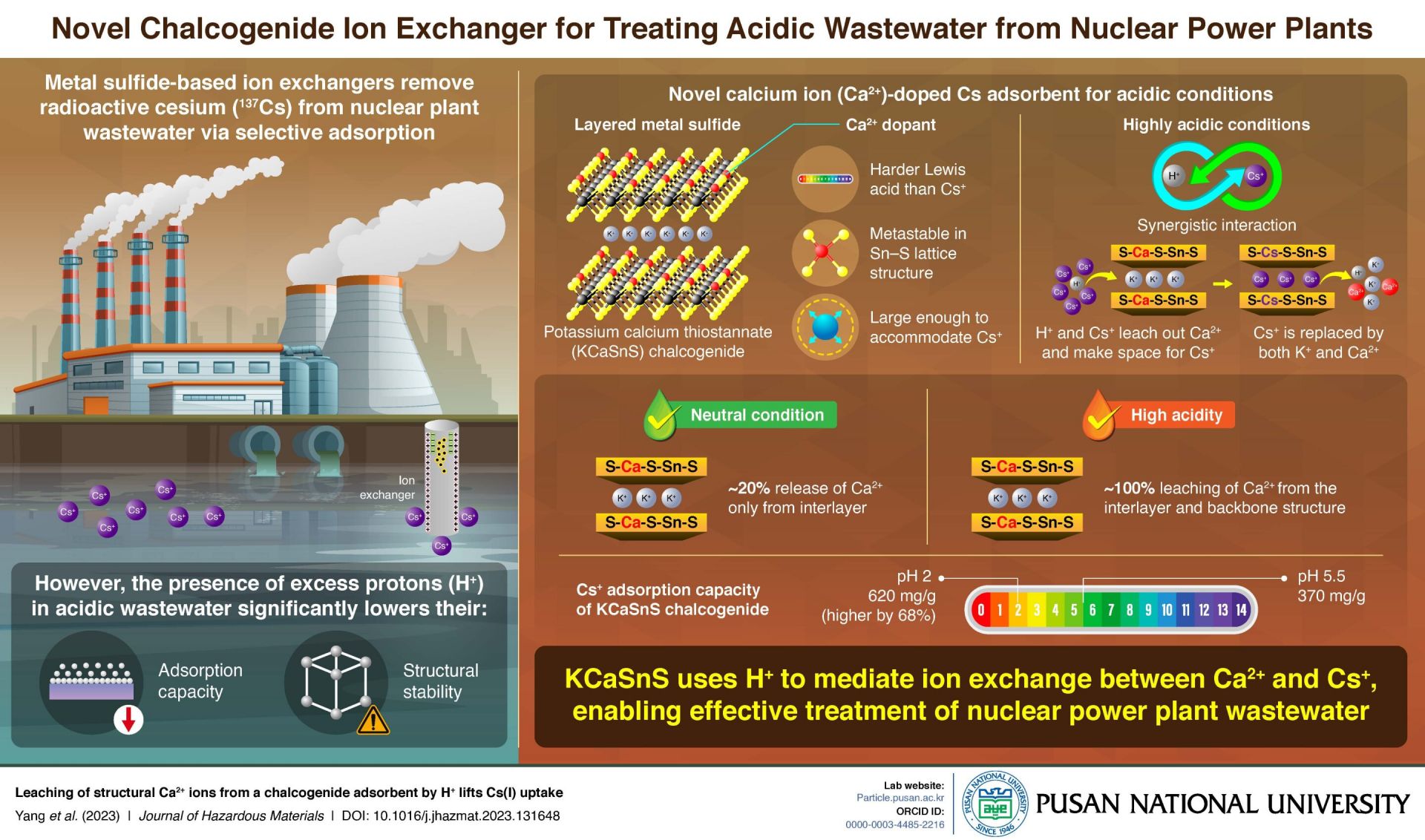


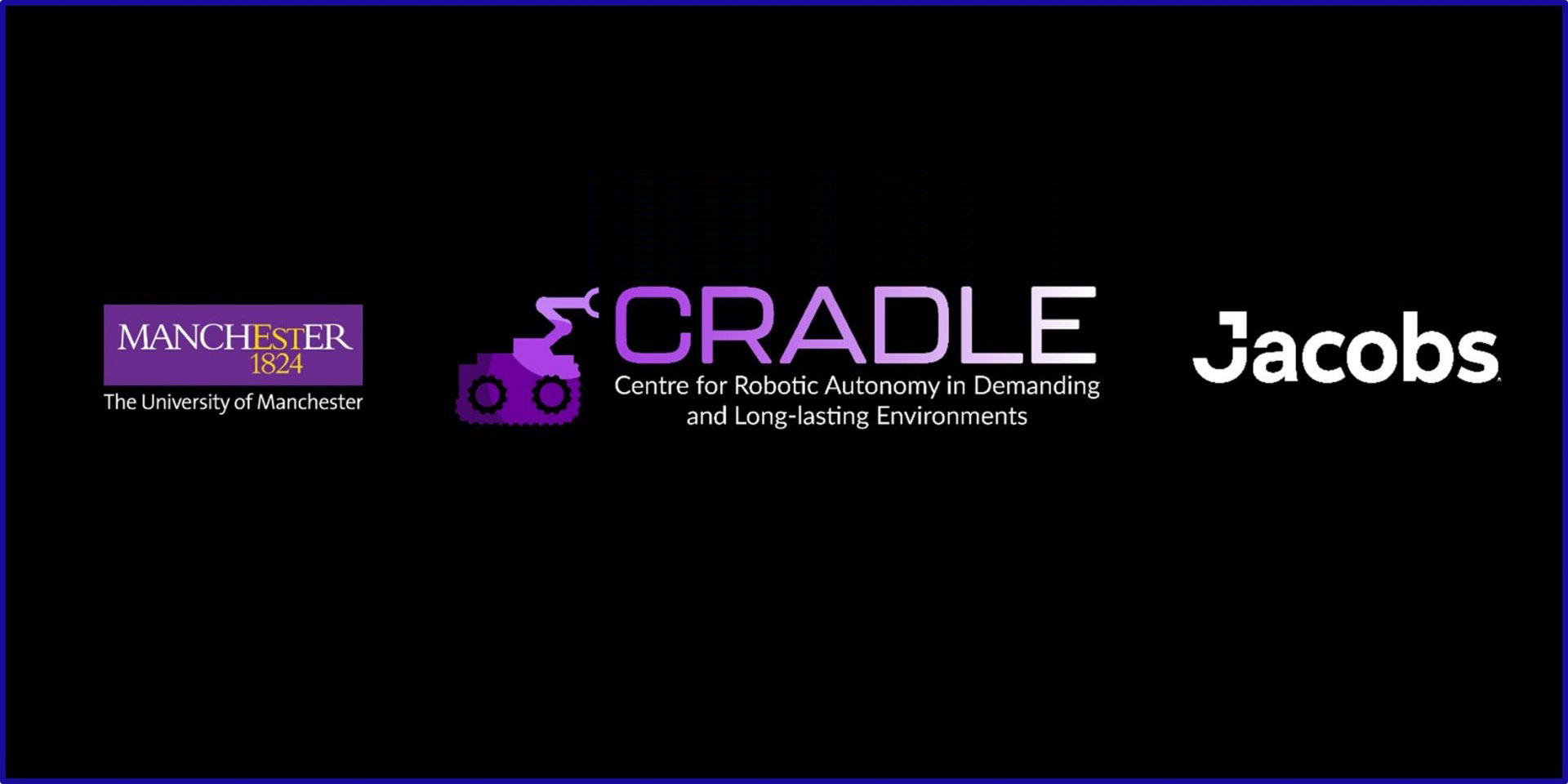




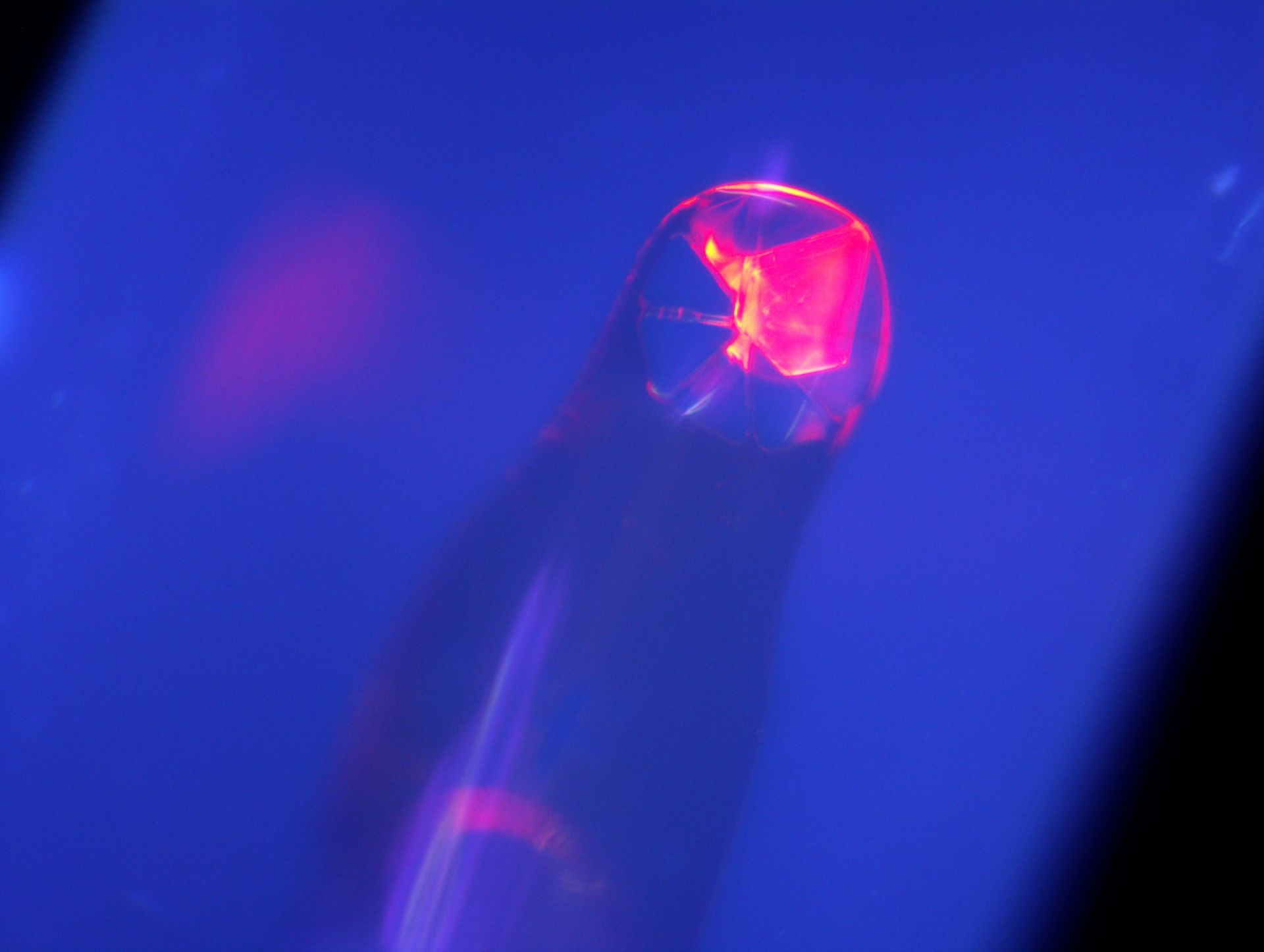

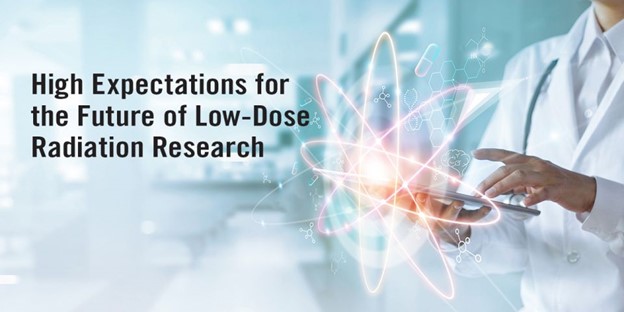

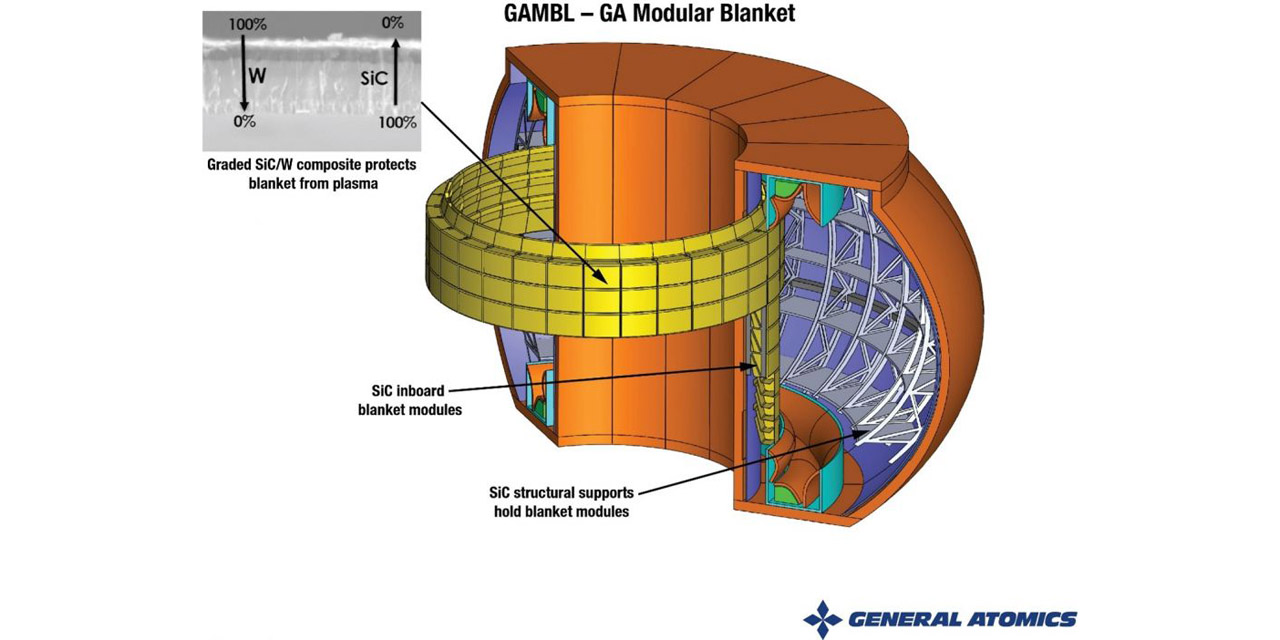
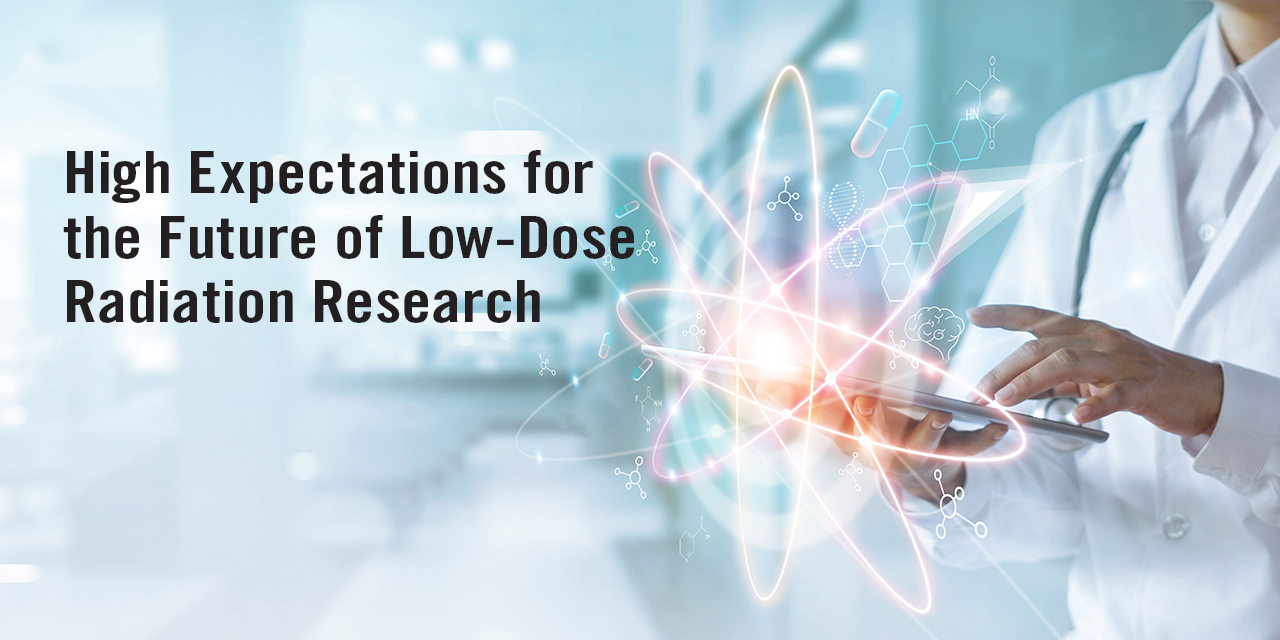


 Research into the high-resolution detection of plutonium mixtures by Purdue University professor Rusi Taleyarkhan and his team was featured on the cover of the February issue of the Journal of Analytical Atomic Spectroscopy, published by the British Royal Society of Chemistry.
Research into the high-resolution detection of plutonium mixtures by Purdue University professor Rusi Taleyarkhan and his team was featured on the cover of the February issue of the Journal of Analytical Atomic Spectroscopy, published by the British Royal Society of Chemistry.